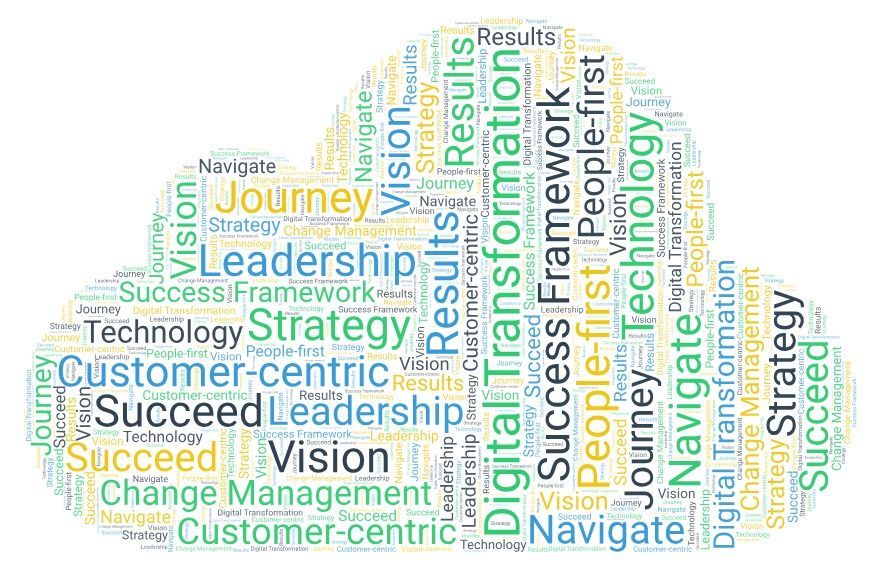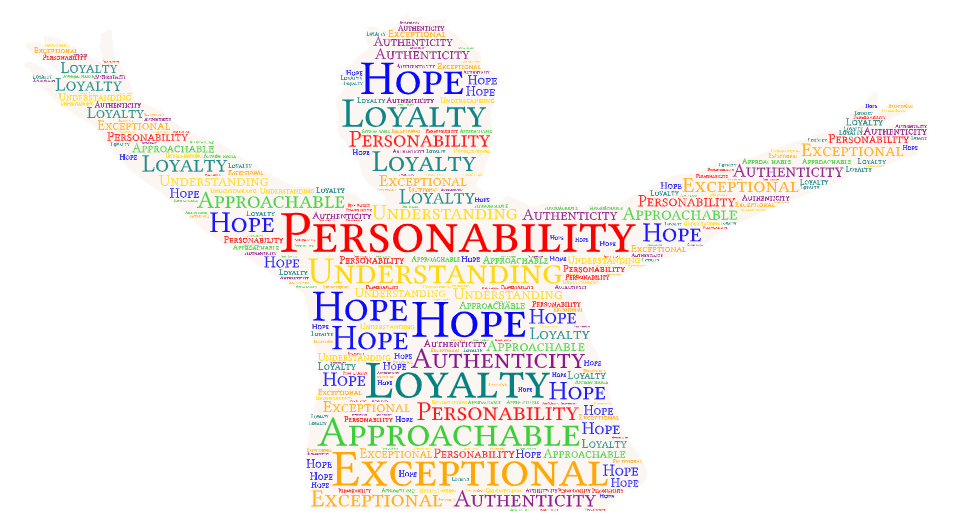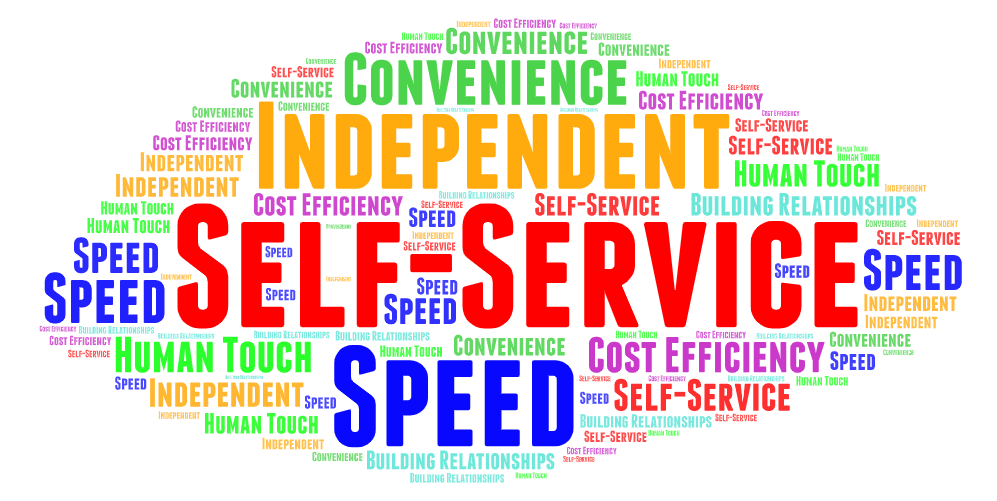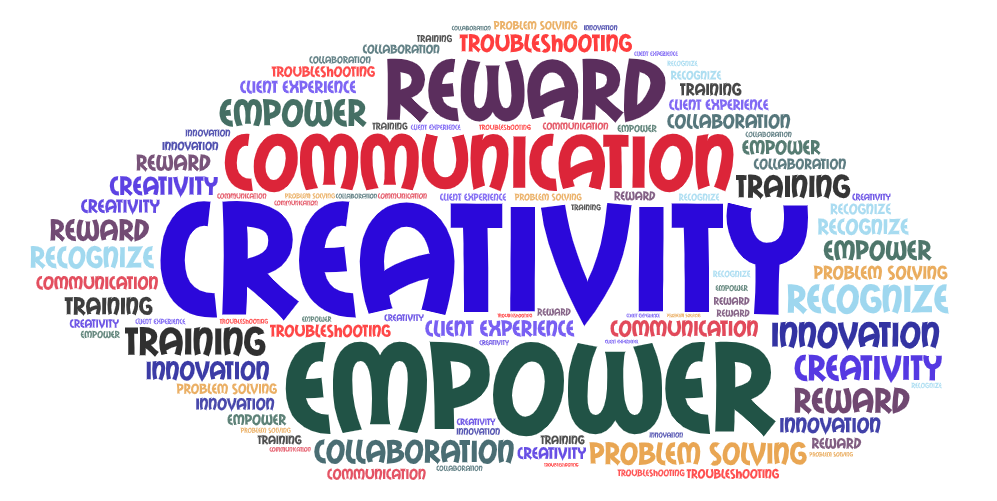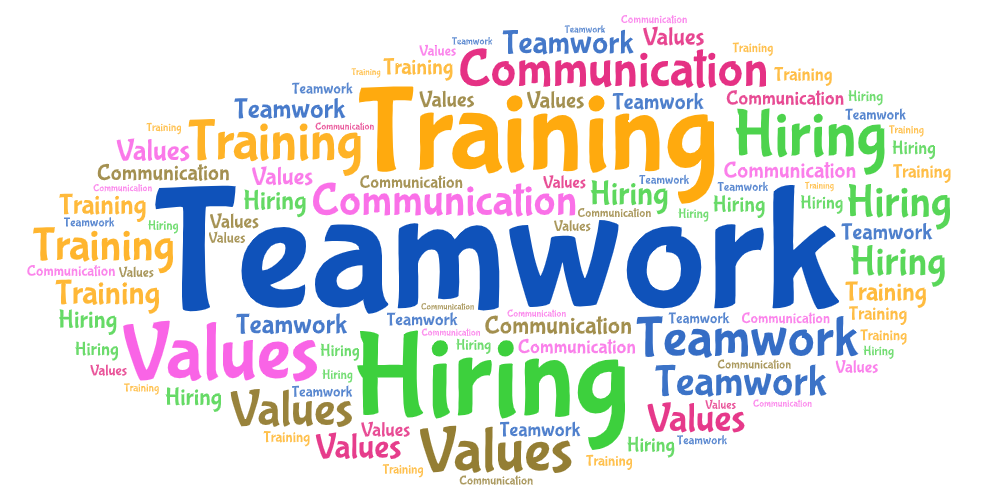How Digital Tools Can Revolutionize Your SME's Operational Processes
In today’s business environment, speed, efficiency, and agility aren't just competitive advantages—they’re necessities. For small and medium-sized enterprises (SMEs), digital transformation offers a game-changing opportunity to optimize processes, reduce costs, and compete more effectively. The right digital tools for SMEs can streamline workflows, automate repetitive tasks, and deliver real-time insights that fuel smarter decisions.
This blog explores how emerging digital solutions are transforming small business operations and why investing in the right technology is no longer optional—it’s essential.
Why Digital Transformation Matters for SMEs
According to a 2023 report from Deloitte, small businesses that adopted digital tools were three times more likely to experience customer growth and twice as profitable compared to those that hadn’t. (Deloitte, 2023)
SMEs often operate with limited staff, tighter budgets, and a need to wear multiple hats. That’s where digital tools come in—they level the playing field by enabling automation, standardization, and real-time visibility that larger enterprises have long relied on.
1. Automating Repetitive Tasks with AI and Workflow Tools
One of the clearest paths to process optimization for businesses is through automation. Repetitive administrative tasks—such as invoicing, scheduling, data entry, and email follow-ups—can consume hours of valuable time each week.
Top Tools to Consider:
- Zapier: Connects apps and automates workflows without needing code.
- HubSpot CRM: Automates customer communication and sales pipelines.
- QuickBooks Online: Automates billing, payments, and accounting.
A study from McKinsey & Company found that 60% of all occupations could automate at least 30% of activities with current technologies (McKinsey, 2023).
2. Using Cloud Collaboration Tools to Improve Agility
Hybrid and remote work are here to stay. Digital collaboration platforms allow teams to communicate in real time, access files securely from anywhere, and track project progress without endless email chains.
Best Cloud-Based Collaboration Tools for SMEs:
- Slack or Microsoft Teams: For team messaging and file sharing.
- Google Workspace: For real-time document collaboration and storage.
- Trello or Asana: For visual task and project management.
Implementing these tools reduces friction and improves transparency, making your team more responsive and agile in daily operations.
3. Empowering Your Team Through Training and Digital Enablement
Technology alone doesn’t drive efficiency—people do. Even the most advanced tools won’t create impact unless your team is equipped and empowered to use them effectively. That’s why pairing digital transformation with employee training is essential.
How to Enable Your Team:
- Offer hands-on workshops when rolling out new tools.
- Use platforms like Trainual, TalentLMS, or Lessonly to deliver onboarding and continuous learning.
- Foster a culture of innovation where team members are encouraged to suggest process improvements.
According to Forbes, companies that invest in employee training see a 24% higher profit margin and experience better productivity and morale (Forbes, 2023).
When employees understand how and why to use digital tools, adoption skyrockets—and so does the ROI of your technology investments.
4. Improving the Customer Experience with Digital Touchpoints
The customer journey is digital-first. SMEs that embrace technology to meet customers where they are—via chatbots, self-service portals, or automated surveys—see stronger retention and satisfaction rates.
Customer Experience Tools Worth Exploring:
- Zendesk: Offers helpdesk support and AI chatbots.
- Intercom: Delivers personalized, automated customer conversations.
- Typeform or SurveyMonkey: Collects customer feedback in intuitive formats.
A smooth, digitally optimized customer journey creates not only loyalty but also operational efficiency by reducing the load on your support team.
Final Thoughts: Don’t Wait to Go Digital
Digital transformation is not a one-time project—it’s a continuous journey. But for SMEs, the barrier to entry has never been lower. Today’s digital tools are more affordable, more user-friendly, and more powerful than ever.
Start by evaluating your current processes:
- What tasks are repetitive or error-prone?
- Where is communication breaking down?
- What insights are you missing to make better decisions?
Then choose a few key digital tools to help resolve those gaps. Remember, the goal isn’t to add complexity—it’s to eliminate it.
Invest in digital tools now—and watch your operational efficiency and growth potential rise.
